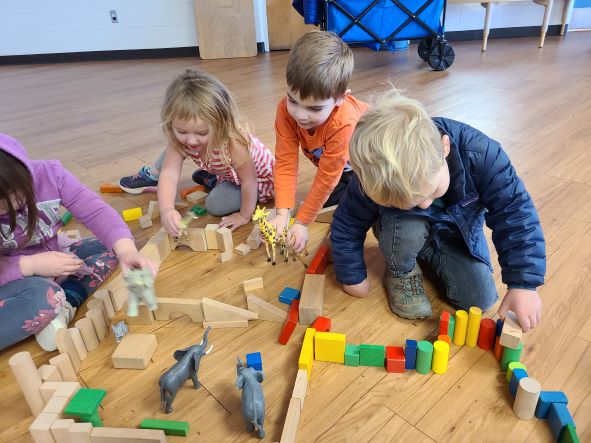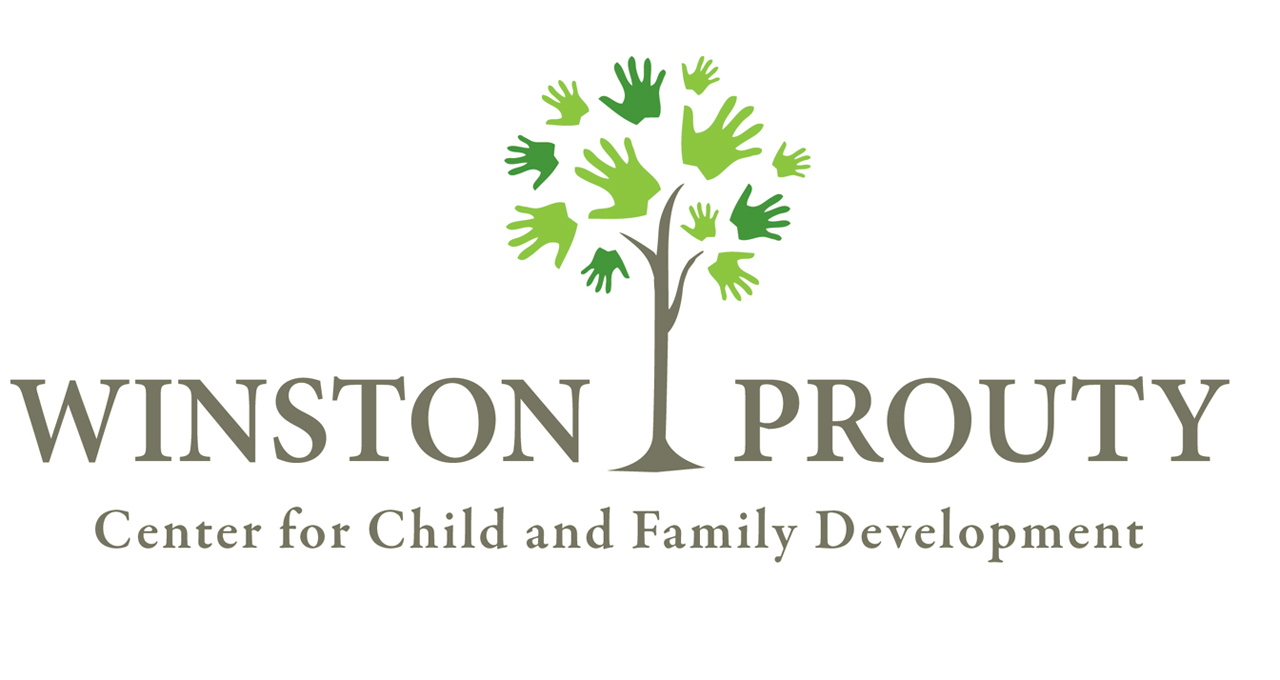The market can’t fix child care

By Chloe Learey, Executive Director – Published in the Brattleboro Reformer, December 13, 2022
One of the lessons the COVID-19 pandemic hit home is the important role child care plays in our communities and economies. Fortunately, this brought federal financial assistance into the sector, helping programs stay afloat during a time of great uncertainty. Still, according to EdSurge, thousands of programs closed, and teachers have left in droves, leaving classrooms empty. What will happen as this financial support ends? Many states, including Vermont, used COVID relief funds to bolster the child care sector through initiatives like offering bonuses and subsidizing tuition for families. The end of this support threatens the survival of this essential system.
One significant challenge we face is hiring. Low wages and difficult work is a brutal combination in this competitive environment. The only way to raise wages is to increase tuition, which is already unaffordable for families who do not receive financial assistance. Raising tuition would cause families to reconsider whether it is worth participating in the workforce or encourage them to seek care that is not regulated and potentially of questionable quality. A lack of child care will cause the economy to slow down in the short and long term as people make choices to limit family size. This is a scenario we can avoid by committing public investment to a sector that contributes value far beyond individual children and families; the impact of inadequate child care touches all our lives.
This investment needs to happen soon — it will be easier to strengthen the existing system than to build a new one because we let this fall apart. Eliot Haspel, the author of “Crawling Behind: America’s Childcare Crisis and How to Fix It,” wrote in a recent article, “Getting educators, especially well-qualified ones, back in classrooms will require significant amounts of permanent public funding and the time to recruit and train staff. Policymakers at every level must understand how fragile the child care system is now. The time has come to find real solutions; relying on tax credits or the largesse of employers is a Band-aid over a hemorrhage.” (https://www.deseret.com/2022/11/20/23466194/child-care-crisis-covid-aid-omnibus-spending-bill).
Even if we gain the public will to make this investment, it will not be a magic bullet or easy fix. We have a long road ahead, and we need to start now.
Child care is rewarding, exhausting and essential work, and the value it contributes to the greater good needs to be recognized in the form of higher wages for early educators, less of a cost burden on families, and high-quality programs so that children have a strong foundation for school and beyond. We all benefit when we have a strong child care system. Thus we all need to contribute to it.
Consider some numbers by Anne Lowrey in a recent article in The Atlantic. (https://www.theatlantic.com/ideas/archive/2022/10/us-child-care-market-broken-expensive/671603/). The United States has 19.3 million children ages four and under and 949,000 child care workers — a ratio of 20 to 1. Canada, which has a more robust system of public subsidies, has roughly 1.9 million children aged four and under and 302,000 child care workers, a ratio of 6 to 1. Further, the United States currently devotes 0.3 percent of its GDP to early-childhood education and care. That’s less than all but two other OECD countries, Cyprus and Turkey. It’s less than half of the OECD average and a third or a quarter of what Iceland and France spend.
Leaving child care as a private good for the market to “fix” will be a disaster, and it is one we can avert by acknowledging the public value of child care through public investment. We need to spend public dollars to care for children under five as we spend public dollars to offer public education for all. We need to cap parents’ expenditures on child care, and we need to support them with paid family leave, remembering that child care is not the only solution for giving our children a strong start.
And how do we do this? By putting aside partisan politics and relooking at proposals like President Biden’s “The American Family Plan.” (https://www.whitehouse.gov/briefing-room/statements-releases/2021/04/28/fact-sheet-the-american-families-plan/) Without more public investment, the cost of good care will always exceed what most families can pay; and parents will run out of options.
